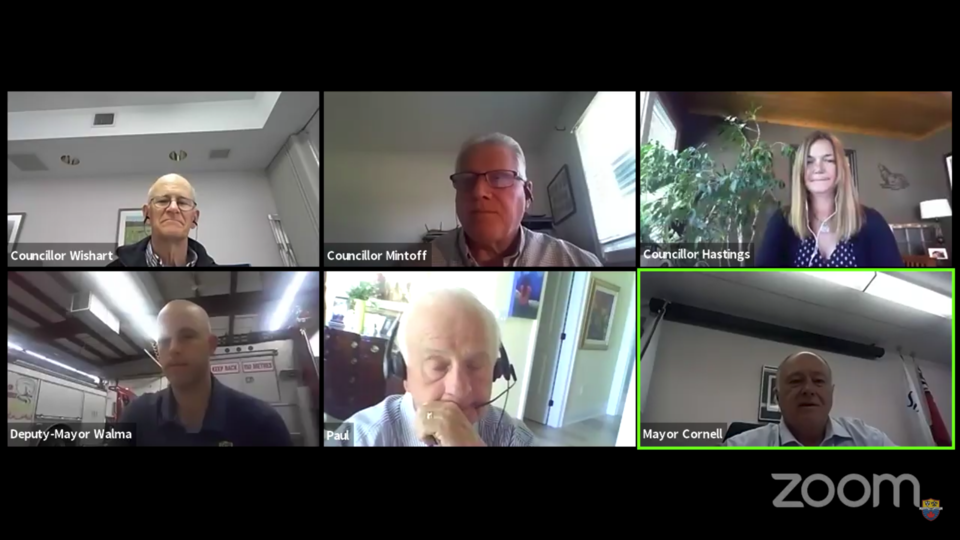Tiny council wants to know why upper levels of government haven't done anything to manage high-water levels in Lake Huron and Michigan.
At this month's meeting, elected officials unanimously supported a motion to approach higher levels of government asking them to take actions as presented in the International Joint Commission's (IJC) 1993 reference level study.
The move came following a presentation to councillors earlier this month by Georgian Bay Great Lakes Foundation (GBGLF) director Paul Cowley.
"They've studied the rear end out of these things," he told MidlandToday during a later interview. "By virtue of the IJC's 1993 reference level study, they spell out in detail crisis high-water actions. It's already done. They already have the authority. What they're not doing is what they said they should do."
In a webinar presented a couple months ago, Restore Our Water International chair Roger Gauthier tells viewers about the measures listed in the 1993 study.
Gauthier, who is a U.S. Army Corps of Engineers retired hydrologist and retired program manager with the Great Lakes Commission, talks about cutting back the Long Lac - Ogoki Diversions. Both are hydro-related diversions in Ontario. This action would impact water levels in Lakes Superior and Ontario within six months, leading to a reduction of up to 3 inches. The same action would impact Lakes Huron and Michigan, St. Clair River, and Lake Erie within a year or two and lead to a reduction of up to 4.5 inches.
Other suggestions include increasing outflow through the Chicago diversion, stabilizing and managing ice conditions on the St. Clair-Detroit Rivers and using the Black Rock channels to increase outflows to Lake Erie.
Deputy Mayor Steffen Walma said he was happy to support the move by the township.
"My question is obviously I'm struggling with the 'whys' here," he said. "I don't understand what would be the rationale for the federal governments and IJC not to act if they have the ability to do so. They've heard these rising levels are causing hardships to residents and commercial properties."
Cowley said that question has been posed to upper levels of government, but a satisfactory answer hasn't been received.
"The partyline answer that everyone is getting back is, 'Sorry folks this is climate change there's nothing we can do about it," he added. "That's simply not true. They have within Plan 2012 and the reference study of 1993, all the abilities to make these changes. And there's no reason for having these flows higher.
"If I was to speculate, they're vote-driven individuals and if they look at something and think they're going to lose votes, they're likely not going to do anything."
Coun. Tony Mintoff was also in support of the action.
"A few things I've read suggest that the problem relates to what some people call preferential treatment for Lake Superior," he said. "What would be the motivation for that happening? Why do you think if it's such a simple sort of rationalization people don't seem to be able to understand that the detrimental downflow impact is having on our area?"
Cowley said because there's a control point on St. Mary's river, Lake Superior levels can be managed to within a four foot range.
"The Lake Superior board of control directed in the winter of 2019 to 2020, deviations from Plan 2012," he said. "And there's no justification for it. We asked a number of the bodies up there if they could explain. They said they're concerned about ice getting into the generators. They have ice booms that completely protect that."



